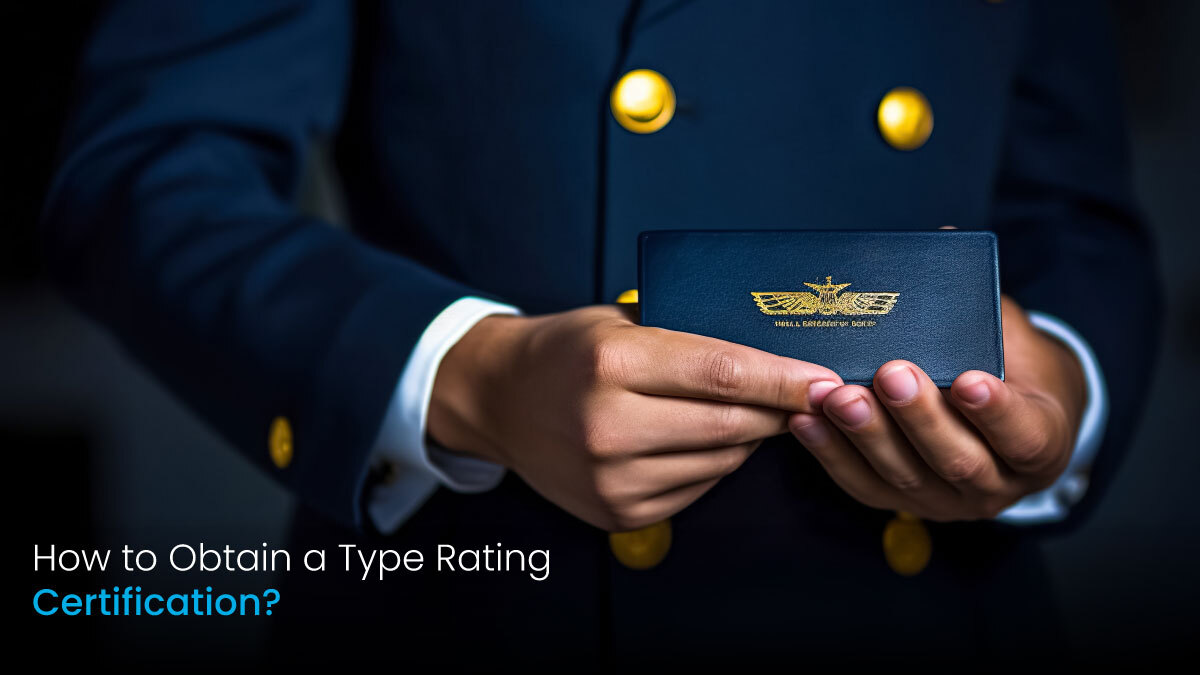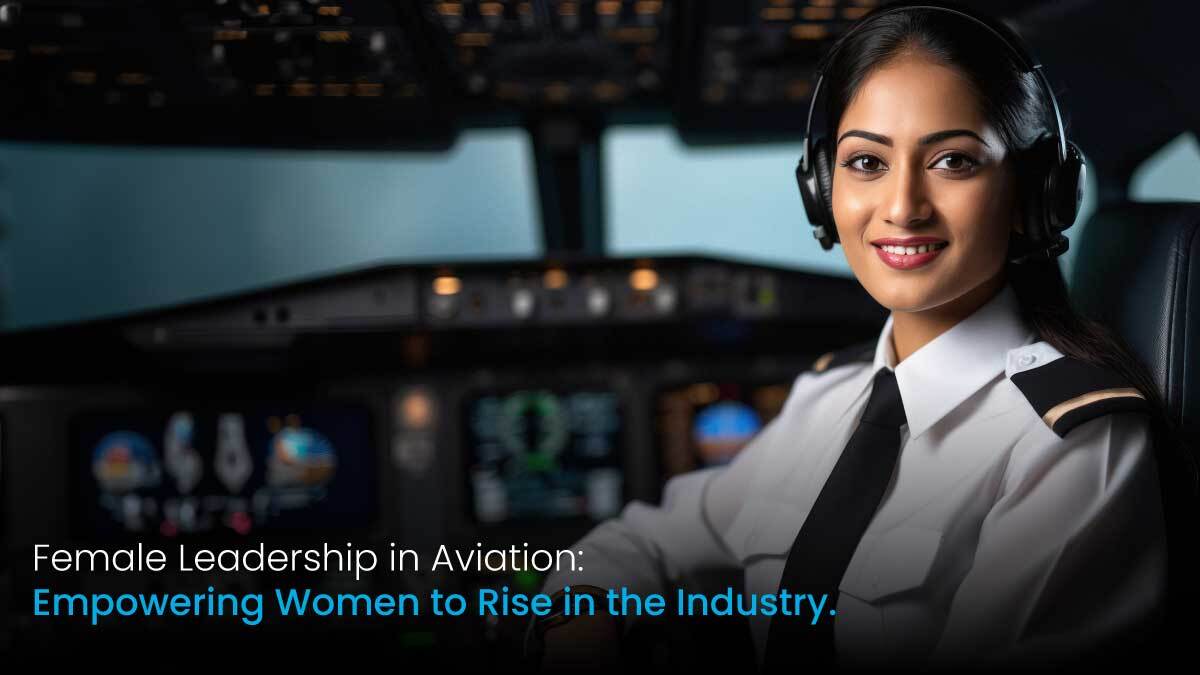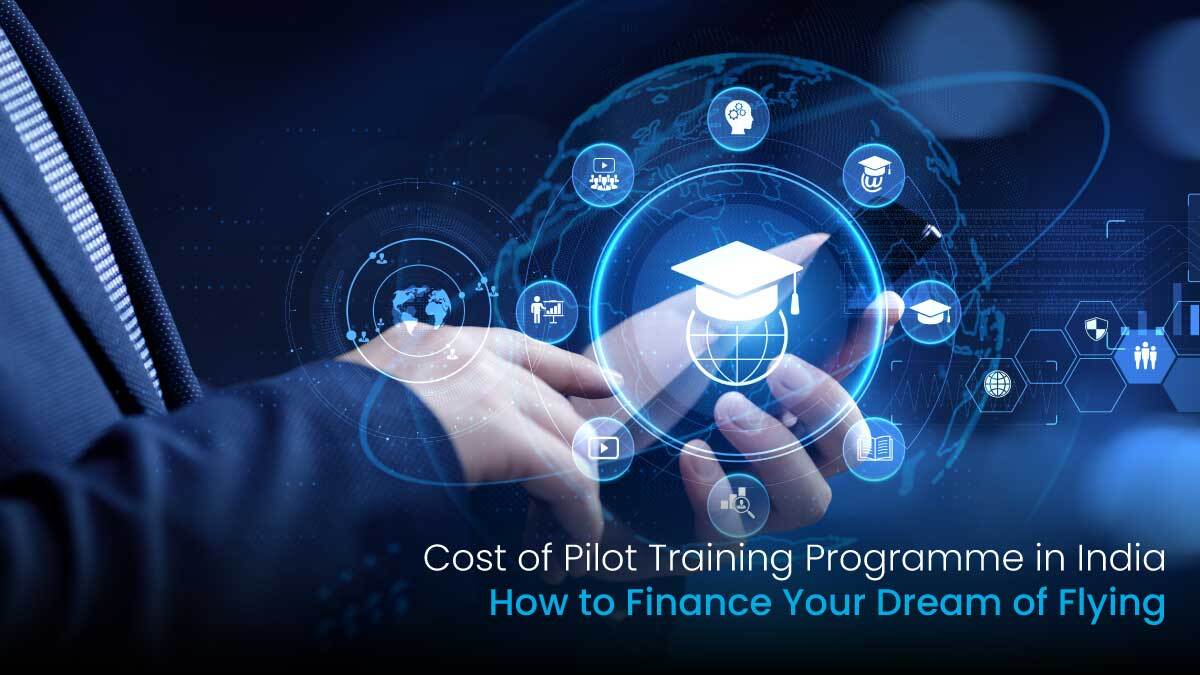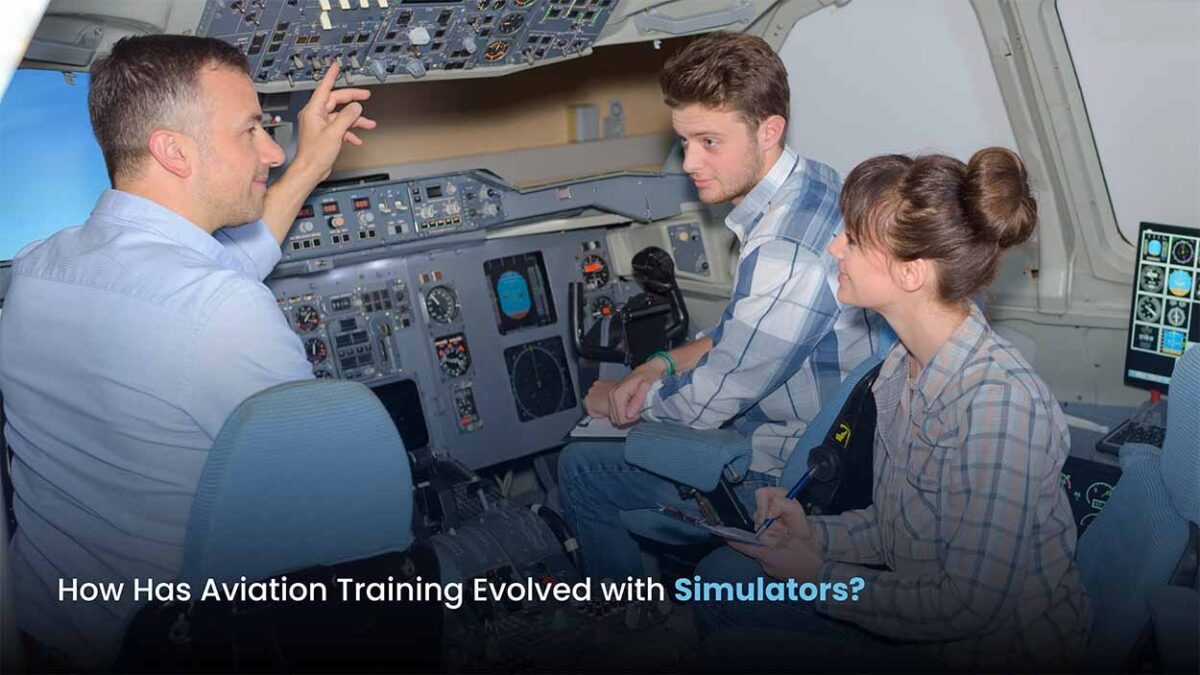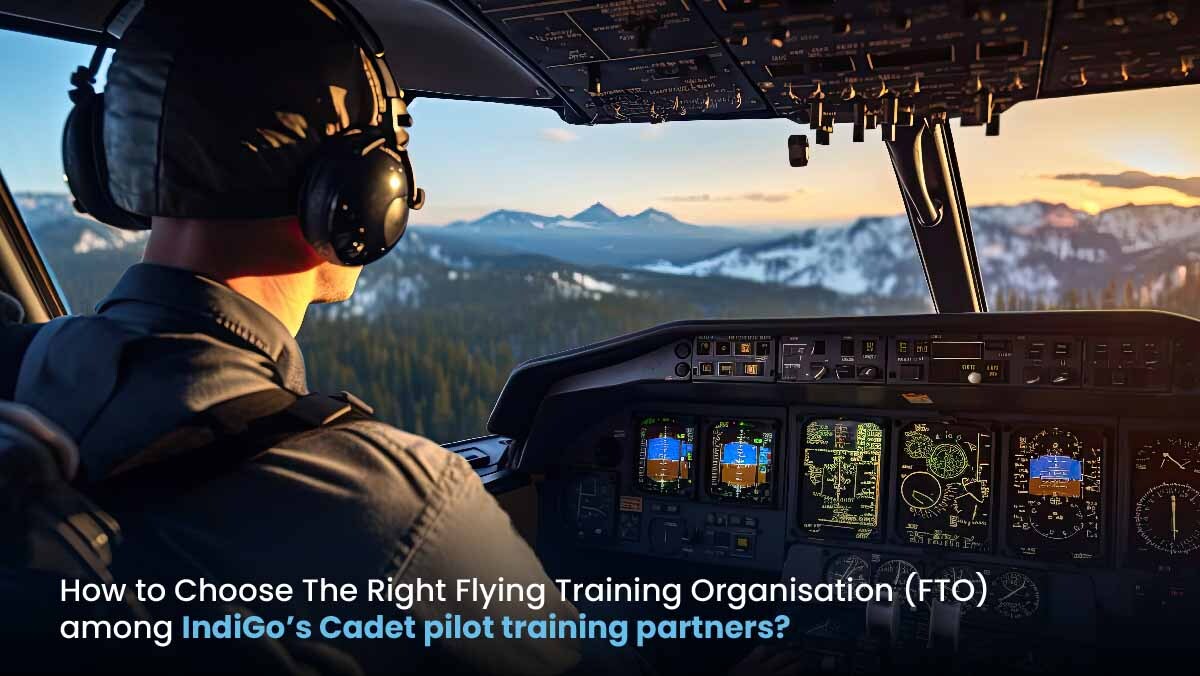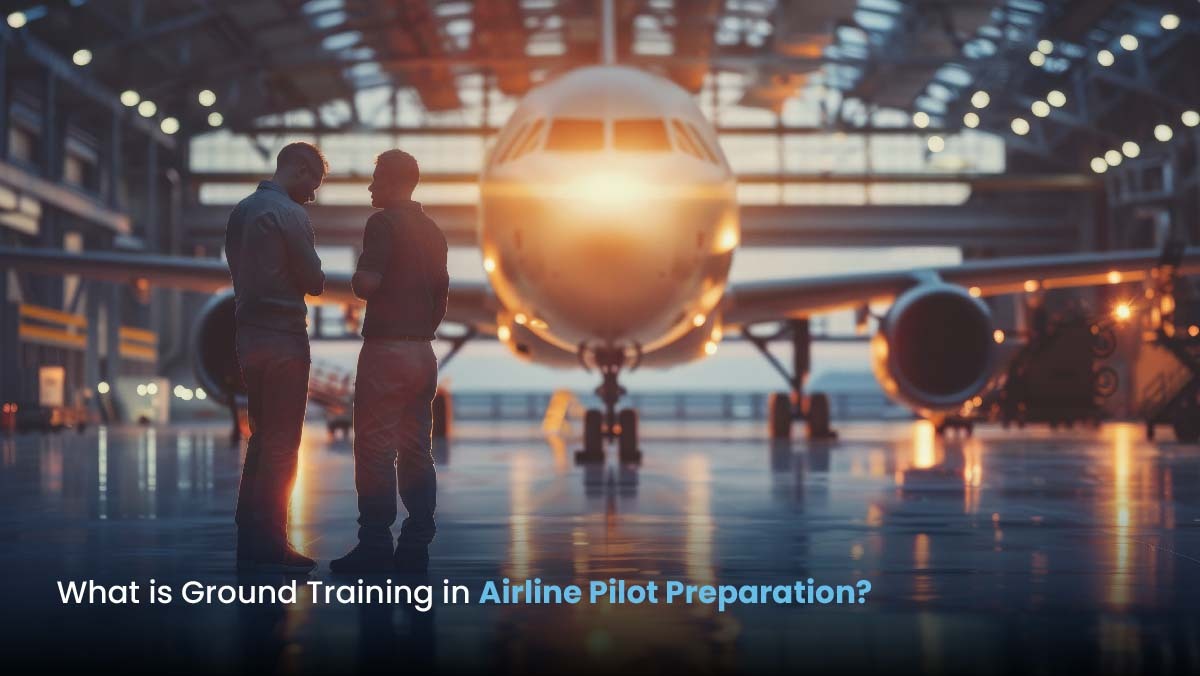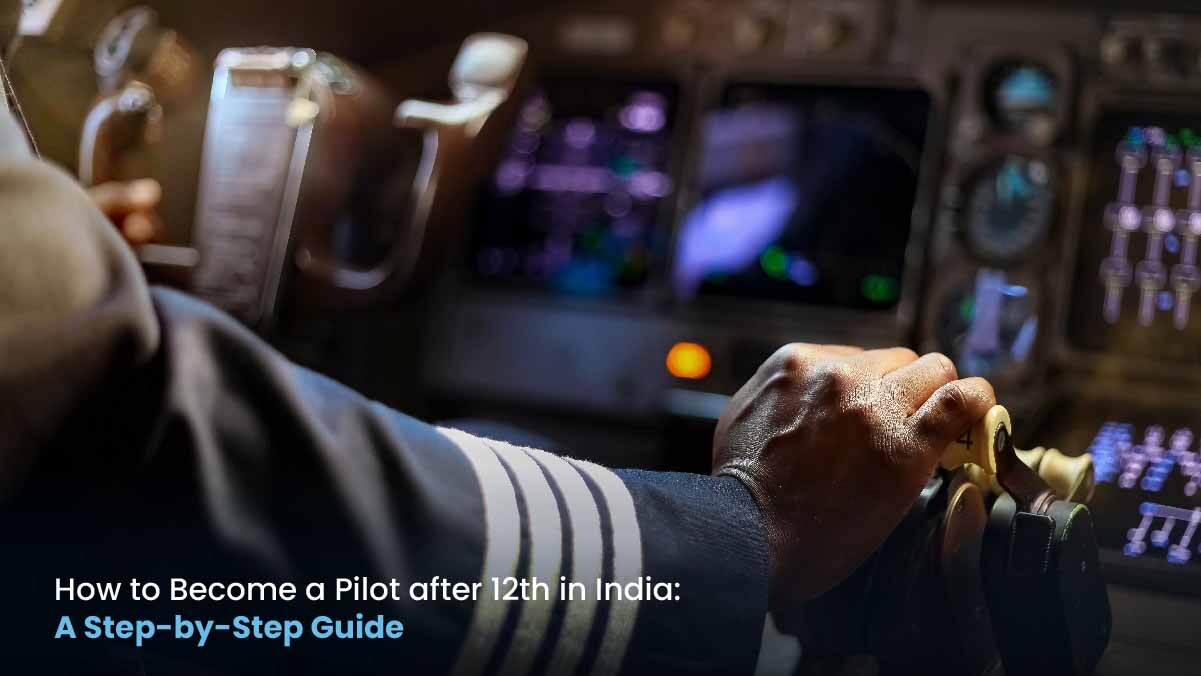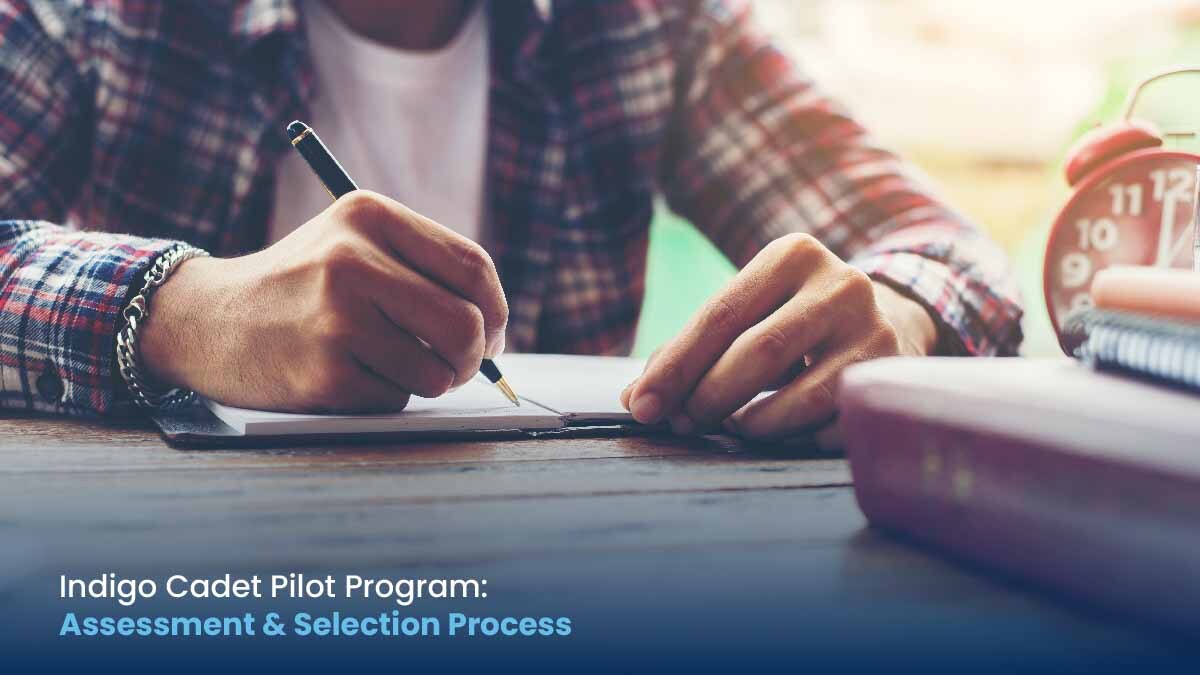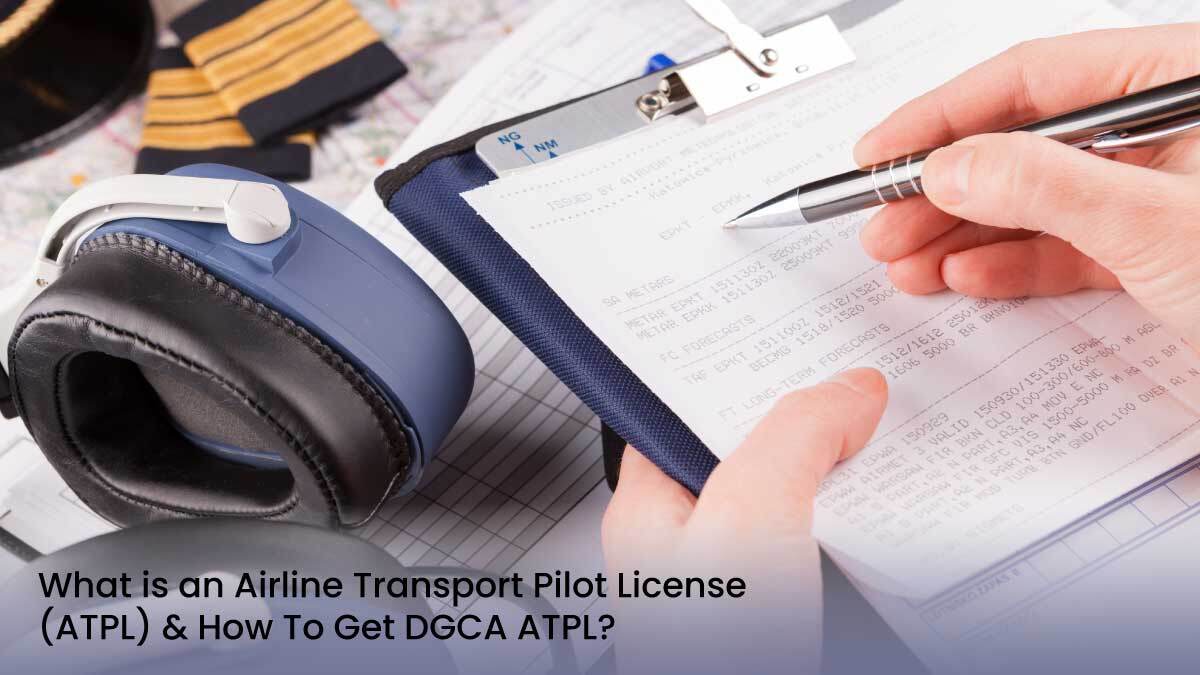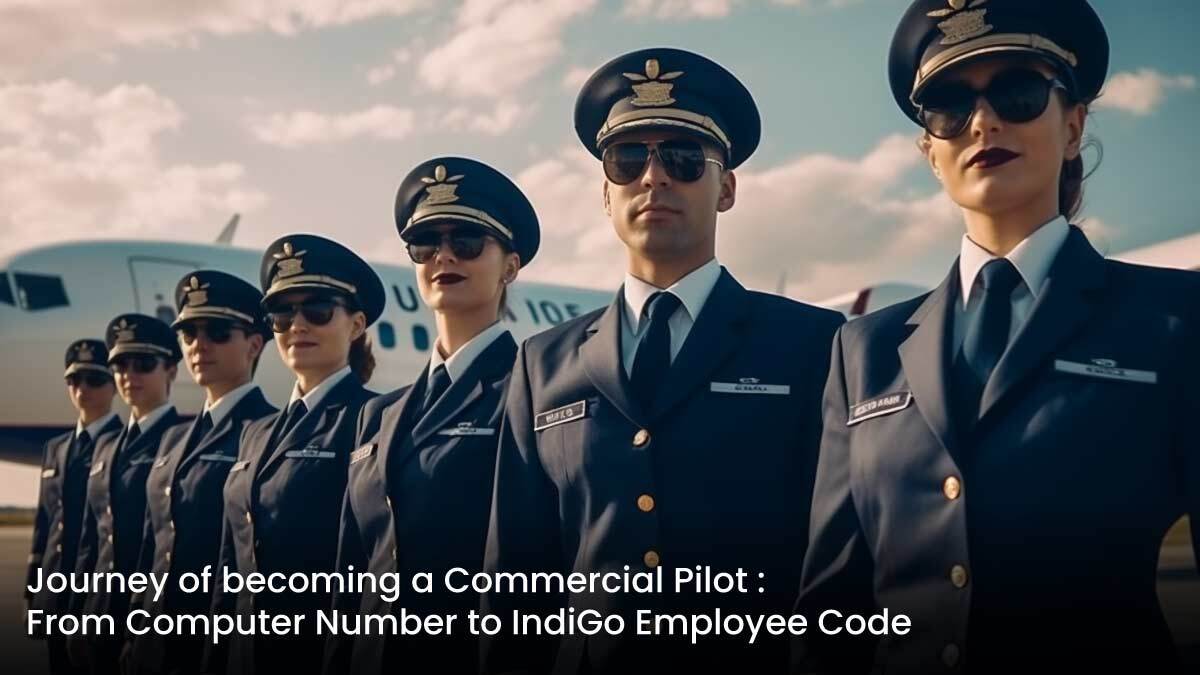
Qualifying and becoming a commercial airline pilot is truly a remarkable experience in one’s life, but it requires much more than just acquiring a commercial pilot license (CPL). A Pilot must have a type rating certificate to operate and handle any specific aircraft, such as the great Airbus A320 or others. Now in this detailed guide, we will with our best explore the process of obtaining a type rating certification, with a focus on the type rating cost in India and the in demand A320 type rating.
What is a Type Rating?
Once you become a pilot and ready to take flight high in the sky, you not only become a man having numerous pleasant experiences in his dream career but also have a huge responsibility on your back for the safety of hundreds of passengers. To earn the trust and credentials to fly such complex machines, pilots need a special kind of approval, which is a type rating certification granted by aviation authorities that allows pilots to operate a specific aircraft type. This certification is like the gold standard, awarded by aviation authorities, that proves a pilot has mastered all the unique skills required and systems of a specific aircraft like the Airbus A320, A380, and Boeing 737.
Understanding the Type Rating Process
Theoretical Training
Your journey to obtaining a type rating starts with theoretical training. This phase of the ground school covers various aspects of the specific aircraft, which include:
- Aircraft systems
- Standard operating procedures (SOPs)
- Crew coordination
- Safety and emergency procedures
The theoretical training commonly lasts around 1 month, and it provides a very solid base for the practical aspects of type rating.
Simulator Training
Once you complete the ground school training, you will move on to simulator training. This phase includes practising in both fixed-base and full-motion simulators. The simulator training majorly focuses on the following:
- Emergency procedures
- Non-normal situations
- Manual handling skills
Simulator training usually takes around 1-2 months, with cadets scheduled for 4-5 hour sessions. This hands-on training is crucial for building confidence and proficiency in operating the specific aircraft.
Final Skill Test
Now comes the final stage of acquiring a type rating, which is the License Skill Test (LST). This examination checks the pilot’s proficiency in normal and non-normal flight situations. It generally lasts 3-5 hours and is taken by aviation authorities.
Type Rating Cost in India
The type rating cost in India can vary a little depending on various factors, including the type of aircraft and the reputation of the training institution. The average cost for an A320 type rating in India ranges from INR 15 to 20 lakhs. The break-up of this cost can include ground school, simulator training, and the final skill test. It’s very important for aspiring pilots to research correctly and then choose a reputable training centre like ours that offers comprehensive type rating programs.
The A320 Type Rating
The A320 type rating is one of the most sought-after certifications for commercial pilots. There is a huge demand for this certification because the Airbus A320 is a famous aircraft used by many airlines worldwide, including IndiGo – the biggest airline in India by market share.
To obtain an A320 type rating, one needs to:
- Complete theoretical training on the Airbus A320 systems and operations
- Participate in simulator training sessions to practice handling the aircraft
- Pass the License Skill Test (LST) to demonstrate proficiency
The A320 type rating is very beneficial because it also opens up opportunities to collaborate and work with other leading airlines around the globe and provides a straight path to advance to other Airbus aircraft through cross-crew qualification.
Benefits of Having Multiple Type Ratings
A pilot’s career prospects can be enhanced significantly if he has multiple type ratings. Here are some benefits:
- Increased Employability: Pilots with multiple-type ratings are more likely to be attracted by major airlines as they can operate various aircraft, providing operational flexibility.
- Career Advancement: Multiple type ratings also allow pilots to switch to different aircraft types, potentially leading to promotions and handsome salaries.
- Enhanced Skills: Training on different aircraft increases a pilot’s knowledge and adds a greater skill set, making them more versatile and capable.
The Foundation: Your Commercial Pilot License (CPL)
The cornerstone of your journey towards a type rating is a valid Commercial Pilot License (CPL). This license signifies that you’ve completed the rigorous training and testing required to fly aircraft for commercial purposes. It’s a testament to your proficiency in aviation fundamentals, navigation, meteorology, and more.
It’s the essential qualification that demonstrates your readiness to take on the challenges of a type rating course.
How Long is a Type Rating Valid?
A type rating is typically valid for one year. To maintain their type rating, pilots must undergo recurrent training and testing every 6 to 12 months, depending on regulatory requirements. This recurrent training ensures that pilots stay proficient and up-to-date with the latest procedures and systems.
Conclusion
Obtaining a type rating certification is crucial for commercial pilots who wish to operate specific aircraft like the Airbus A320. It involves rigorous theoretical and practical training, culminating in a final skill test. The type rating cost in India can be significant, but the investment is worthwhile for those committed to pursuing an aviation career. With dedication and hard work, pilots can achieve their dreams of flying and contribute to India’s growing pool of highly skilled and professional pilots.
FAQs
1. What are the Benefits of Having Multiple Type Ratings?
There are several benefits of holding multiple type rating certificates. It increases employability, allows for career advancement, and enhances a pilot’s skills.
2. Top Schools for Type Rating Courses
There are many top schools for type rating courses in India, including Insight Aviation, which is one of the best in the league.
3. What is the A320 Type Rating?
The A320 type rating certification allows pilots to operate the Airbus A320 aircraft.
4. How Many Years is a Type Rating Valid For?
A type rating is typically valid for one year, requiring recurrent training every 6 to 12 months.

